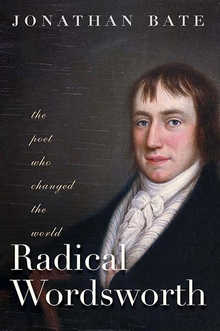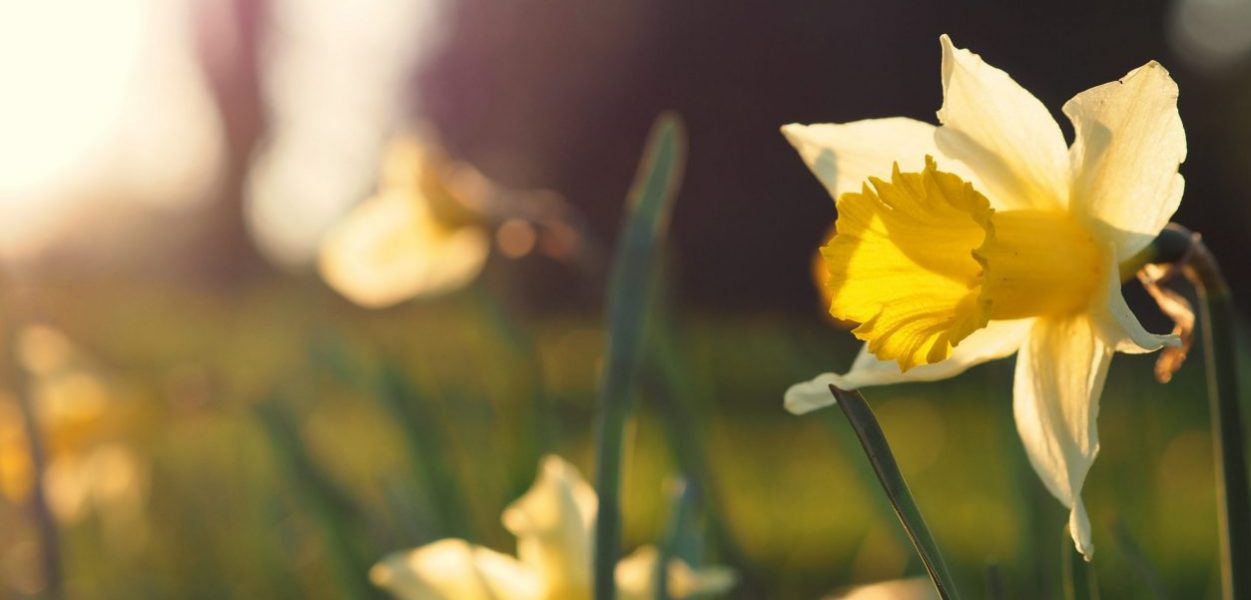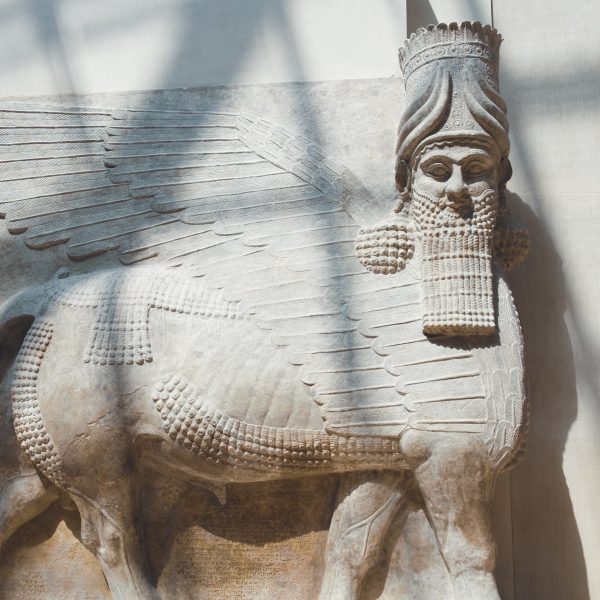Wordsworth in Self-Isolation
Jonathan Bate—
During the great pandemic lockdown, people on Twitter have been “dreaming of other places”—beautiful places that they remember and of which they have treasured photographs. What they are really dreaming of is other times, happier times, special memories.
William Wordsworth, whose 250th anniversary falls on April 7, was the original dreamer of this kind. He called those special memories “spots of time”:
There are in our existence spots of time
Which with distinct pre-eminence retain
A fructifying virtue, whence, depressed
By trivial occupations and the round
Of ordinary intercourse, our minds
(Especially the imaginative power)
Are nourished, and invisibly repaired.
Memory can be traumatic, but it can also perform mental repair work. Those photographs we snap on our phones serve as fructifying triggers, transporting us out of the tedium, even the depression, of the everyday. There were no photographs in Wordsworth’s day, so he wrote poems instead. He and his fellow poets of the movement that came to be called Romanticism were the first to make poetry into a high calling of self-care that yoked together the power of memory, the strength of feeling, and an appreciation of the beauties of nature.
Wordsworth’s most famous poem is a classic example. He imagines himself lying on a couch “In vacant or in pensive mood.” And suddenly he remembers a field of daffodils “Fluttering and dancing in the breeze” beside a lake:
They flash upon that inward eye
Which is the bliss of solitude;
And then my heart with pleasure fills,
And dances with the daffodils.
The “bliss of solitude” is that—as in an act of meditation or mindfulness—it allows us to activate our imagination and our memories. The “inward eye” works like a photograph album. The daffodils lift the spirit of the self-isolated Wordsworth.
But poetry is not bound to fact in the manner of a photographic record. As has often been noted by scholars, he was not wandering “lonely as a cloud” when he saw a field of daffodils by Ullswater in the English Lake District on a breezy, showery spring day shortly after his thirty-second birthday in April 1802. He was with his sister Dorothy. They observed the daffodils as they were walking home from a visit with their close friends Catherine and Thomas Clarkson—the man who did more than anyone else to rouse the people of Britain against the evils of the slave trade. When William and Dorothy Wordsworth walked together, they would look at the natural world around them. Dorothy would then write down their observations in her journals, which are full of glorious botanical precision. “She gave me eyes,” wrote her brother in another poem. The journals would also give him raw material for his poems—“Daffodils” was written two years later.
Wordsworth greatly influenced the generations that followed him. For example, John Stuart Mill, the foundational thinker of modern liberalism, found in Wordsworth’s poems what he called “a medicine for my state of mind.” He claimed in his autobiography that the act of reading and rereading Wordsworth cured him of his “habitual depression.” Equally, as urbanization and industrialization darkened the skies of Victorian England, Wordsworth’s places, notably the Lake District of his birth, became the site of solace and recreation—of spiritual re-creation—for countless thousands of people, of all classes. Gowbarrow Park by Ullswater, where he and Dorothy saw the daffodils, was one of the first purchases of the National Trust, a charity formed in the 1890s by a group of Wordsworth enthusiasts who sought to put into practice his belief that places of outstanding natural beauty should become “a sort of national property.” In the United States, Wordsworth was also an inspiration for John Muir’s activism in ensuring that Yosemite should become a National Park and his founding role in the Sierra Club.
For those without the means or opportunity to travel to beautiful places, and for all of us who are confined by self-isolation to our couches, in vacant or in pensive mood, Wordsworth’s poetry still has the power to transport us in imagination to a world of tranquility and harmony. In our fast-moving normal lives, we do not leave enough time to slow down, to be vacant and pensive. Poetry is the place where we can put on the brakes, turn inward, and treasure the things that really matter (many of Wordsworth’s greatest poems are remembrances of little acts of kindness and of love, or memorials of the beloved ones whom he has lost to death). Just now, we have time on our hands. Read some poetry; read slowly and read aloud.
As I look at images of the busy places that have fallen silent—from Times Square to Trafalgar Square—I keep thinking of Wordsworth’s sonnet (once again inspired by one of Dorothy’s diary entries) composed at dawn on Westminster Bridge:
Earth has not any thing to shew more fair:
Dull would he be of soul who could pass by
A sight so touching in its majesty:
This City now doth like a garment wear
The beauty of the morning; silent, bare,
Ships, towers, domes, theatres, and temples lie
Open unto the fields, and to the sky;
All bright and glittering in the smokeless air.
Never did sun more beautifully steep
In his first splendor valley, rock, or hill;
Ne’er saw I, never felt, a calm so deep!
The river glideth at his own sweet will:
Dear God! the very houses seem asleep;
And all that mighty heart is lying still!
Here is Sir Ian McKellen reading it aloud on the deck of his home by the gliding river Thames, just downstream from Westminster.
Sir Jonathan Bate is Foundation Professor of Environmental Humanities at Arizona State University and a senior research fellow at Oxford University, where he was formerly provost of Worcester College.
Further Reading:



























